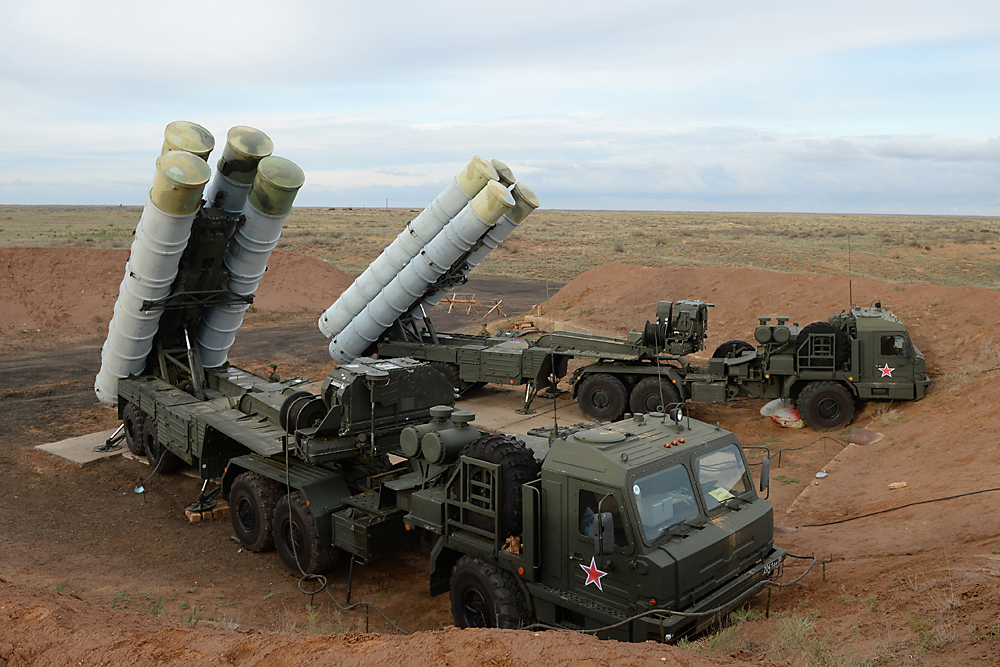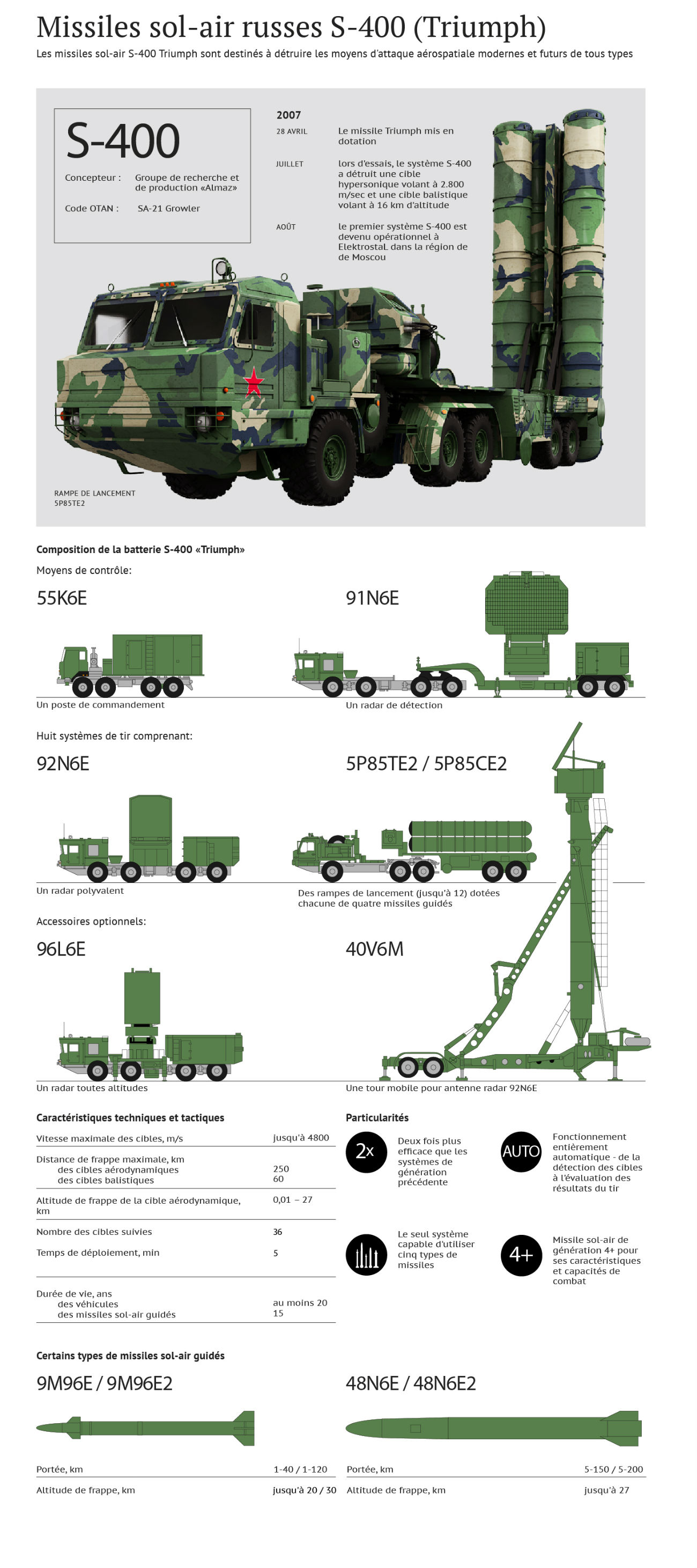Russia's S-400 to help China control Taiwan and Diaoyu airspace - expert

The S-400 Triumf anti-aircraft system system at the Ashuluk training ground in the Astrakhan Region. China expects to receive four units in 2018.
Mihail Mokrushin/RIA NovostiA recent statement by the Rostec’s director for international cooperation Victor Kladov about the production of the S-400 anti-aircraft missile system for China was mistakenly interpreted by many media outlets as a “beginning of production” of these systems.
His statements did not mean that production had just begun. Most likely, this happened earlier, as the contract to supply China with four divisions of S-400 complexes was signed in the fall of 2014.
Judging by Kladov’s words, it can be assumed that the first batch of S-400 will be delivered in 2017 or perhaps early 2018.
In 2016 Rostec’s head Sergey Chemezov told media outlets that the system will arrive in China “not earlier than 2018.” At the same time, one cannot rule out some acceleration of this process.
New missiles
The geo-political raifications of the delivery of the S-400 to China will depend on what specific missiles will it be equipped with.
The most important innovation of the complex should be the 40N6Е missiles with the range of 400 km and active radar homing in the terminal phase.
Long term production trends suggest that Russia will eventually supply the 40N6Е missiles. However, according to open sources, sophisticated and expensive tests of these missiles were repeatedly delayed.
Without these missiles, the S-400 is just a small upgrade of the S-300PMU2. China had earlier purchased 15 divisions of the S-300. The S-400 has a wider range of target detection, better management tools and advanced types of missiles, but it will not be a radical improvement unless equipped with the 40N6Е.
If it is equipped with the advanced missiles, China’s S-400 will be enough to fully cover the airspace over Taiwan, at least for non-maneuverable aerial targets such as airborne and early warning and control aircrafts (AEW&C), reconnaissance and transport aircrafts.
It may also help impose a ban on flights of fighter aircrafts in the region. In case the S-400 are deployed on the Shandong Peninsula they will be able to target aircraft over the disputed Diaoyu/Senkaku Islands.
Thus, the system could give China a significant advantage in two areas where the PLA has to deal with strong and technically well-equipped opponents.
The system can play an important role in preventing or obstructing deployment of American forces in the Western Pacific if the U.S. attempts to support its allies.
A temporary solution
The purchase of only four divisions perhaps is only a temporary solution that will allow China to raise the capabilities of its air defense until it has its own anti-aircraft systems. China is actively engaged in this work. In case the development of Chinese systems will face additional challenges, we are likely to see additional procurement of the S-400 systems.
Chinese military planning has given priority to long range ground-based air defense systems. Beijing believes that these kind of systems can compensate for many of the U.S. Air Force’s strengths, such as better equipment, and the high training and extensive combat experience gained in many wars. In this regard, the Chinese generally follow the Soviet and Russian approach to the confrontation of American air power.
While figuring out when the new system can begin to exert real influence on the balance of power in East Asia, it is also important to take into account the extreme complexity of its operation and maintenance. It may take upto a year to train the Chinese personnel to use the systems.
Even if you instal the systems well in advance, the divisions equipped with it will have to undergo the cycle of combat training in China to be fully ready to perform their tasks.
Of course, if at the time of delivery of the S-400 there is a serious destabilization of the situation in the region, such as an acute Sino-American confrontation, all the necessary interim stages in the preparation of the system can be accelerated.
Vasily Kashin is a senior research fellow in the Moscow Based Institute for Far Eastern Studies and in the Higher School of Economics. Views expressed are personal.
 / RIA Novosti
/ RIA Novosti
If using any of Russia Beyond's content, partly or in full, always provide an active hyperlink to the original material.
Subscribe
to our newsletter!
Get the week's best stories straight to your inbox


